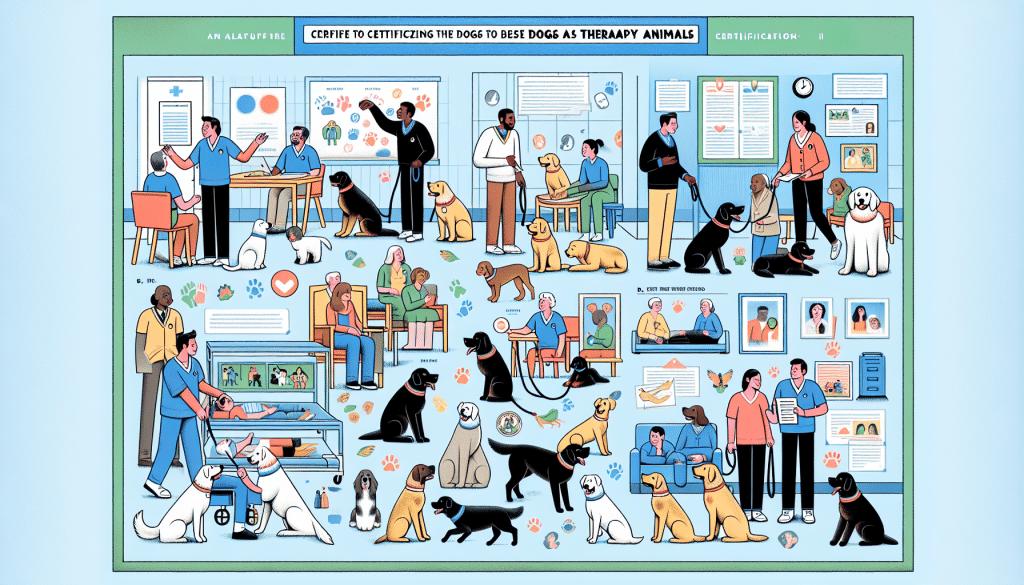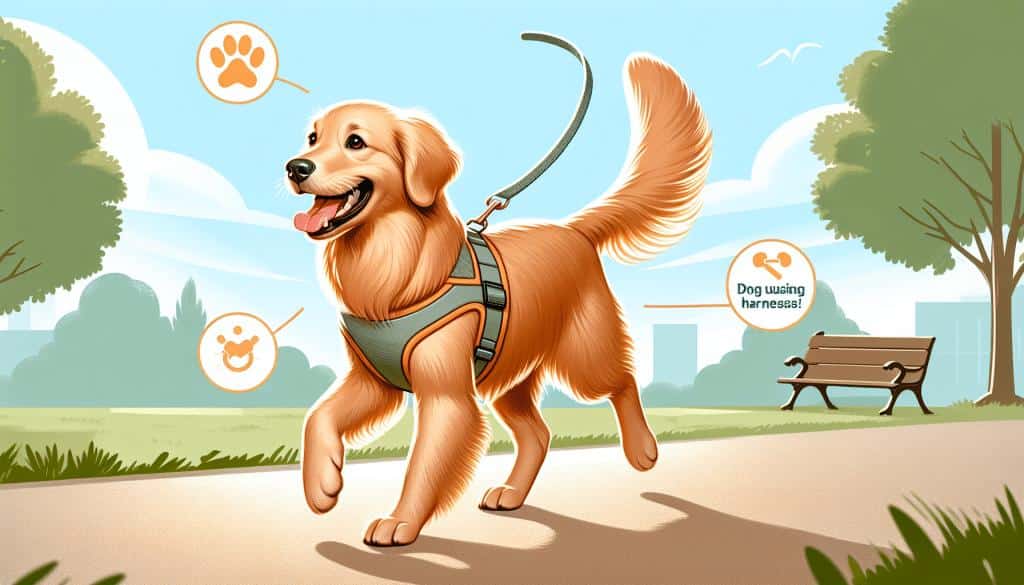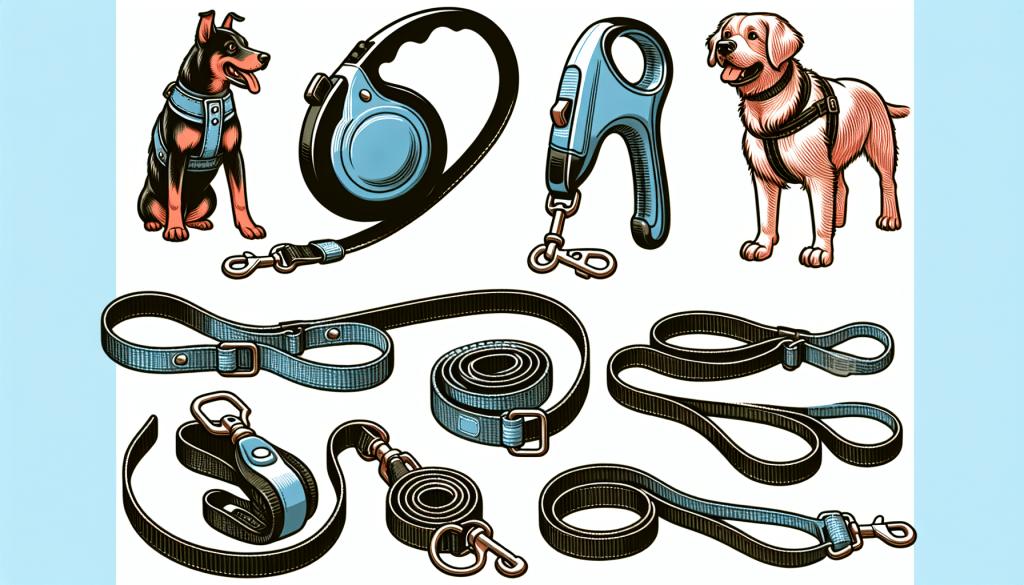So, you’ve got a furry friend who has the potential to bring joy and comfort to others. Maybe they have a calm disposition or a knack for making people smile. Whatever the case may be, you’ve found yourself wondering how to certify your dog as a therapy animal. Well, look no further! In this article, we’ll walk you through the steps to get your dog certified as a therapy animal, so they can bring their wagging tails and unconditional love to those who need it most.

Understanding What a Therapy Dog Is
Defining a Therapy Dog
A therapy dog is a specially trained canine that provides comfort, support, and companionship to individuals in various settings. Unlike service dogs, which are trained to assist individuals with disabilities, therapy dogs are trained to interact with and provide emotional support to people in hospitals, nursing homes, schools, and other institutions. These dogs undergo extensive training to ensure they have the right temperament and skills to fulfill their roles effectively.
Roles and Functions of a Therapy Dog
Therapy dogs play a crucial role in improving the well-being of humans. They help reduce stress and anxiety, provide emotional support, and contribute to the overall improvement of social and cognitive functions. These dogs bring joy and comfort to people facing various challenges, including those with physical and mental health conditions, as well as individuals dealing with emotional trauma or loneliness.
Difference Between Service Dogs and Therapy Dogs
It is essential to distinguish between service dogs and therapy dogs. Service dogs are specifically trained to perform tasks and assist individuals with disabilities, such as guiding the visually impaired or alerting those with hearing impairments. On the other hand, therapy dogs are not individually trained to perform specific tasks. Their primary role is to provide emotional support and comfort to multiple people in different environments. Unlike service dogs, therapy dogs do not have the same public access rights.
Criteria for Therapy Dogs
Temperament Requirements
One of the essential criteria for a therapy dog is having the right temperament. They must be friendly, patient, and calm in various situations. These dogs should be comfortable interacting with strangers, be able to tolerate different environments and noises, and remain under control at all times. A therapy dog should not display any signs of aggression or fear when faced with unpredictable situations or unfamiliar surroundings.
Physical Health Checks
To become a therapy dog, your canine companion needs to be in good physical health. Regular check-ups with a veterinarian are necessary to ensure the dog is free from any contagious diseases or health issues. It is important for therapy dogs to be up-to-date on vaccinations and flea and tick prevention. Evaluating the overall health of the dog is vital to ensure they will be able to withstand the demands of therapy work.
Age and Size Requirements for Therapy Dogs
Therapy dogs come in all shapes and sizes, and there is no specific age limit for these dogs. However, they should be at least one year old and have reached full physical and mental maturity. The size of a therapy dog will depend on the requirements of the institution or facility they will be visiting. Some places may prefer smaller dogs that can comfortably sit on beds or laps, while others may benefit from larger breeds that provide a sense of stability and comfort.
Breeds Suitable for Therapy Work
Various dog breeds possess the qualities necessary for therapy work. These breeds are often known for their friendly and gentle nature, adaptability, and patience. Golden Retrievers, Labrador Retrievers, and Beagles are popular choices due to their calm temperament and sociable nature. However, mixed-breed dogs can also make excellent therapy animals, as long as they meet the required temperament and health criteria.

Benefits of Having a Therapy Dog
Therapeutic Benefits to Humans
The presence of a therapy dog can have a profound therapeutic effect on humans. Interacting with a friendly and non-judgmental animal can promote feelings of happiness, relaxation, and overall well-being. Studies have shown that therapy dogs can help reduce blood pressure, lower heart rate, and decrease feelings of loneliness and depression. The unconditional love and companionship provided by therapy dogs can greatly improve the emotional and mental health of those they interact with.
Reduction of Stress and Anxiety
Therapy dogs have a remarkable ability to reduce stress and anxiety in individuals. The act of petting or cuddling a dog releases endorphins, which are chemicals in the body that promote feelings of happiness and relaxation. Therapy dogs also serve as a distraction from stressors, allowing individuals to focus on the positive aspects of their interaction with the dog. The presence of a therapy dog can provide a sense of comfort and security, allowing people to feel more at ease in challenging situations.
Improvements in Social and Cognitive Functions
Therapy dogs can have a positive impact on social and cognitive functions. Interacting with a dog can improve communication skills, as individuals are more likely to engage in conversation or share their thoughts and feelings when a dog is present. Therapy dogs can also assist in improving memory, attention span, and problem-solving skills through various interactive activities and games. Additionally, therapy dogs can help individuals develop empathy and compassion, as they learn to understand and care for the well-being of the dog.
Training Your Dog for Therapy Work
Dog Obedience Training
Training your dog in basic obedience commands is essential when preparing them for therapy work. Dogs should be proficient in commands like sit, stay, come, and leave it. These commands help ensure that the dog remains under control and can follow instructions during therapy sessions. Obedience training also helps the dog build trust and develop a strong bond with their handler, which is crucial for successful therapy work.
Socialization Training
Since therapy dogs interact with a variety of people in different environments, proper socialization is vital. Exposing your dog to various social situations, such as crowded places, loud noises, and different types of individuals, helps them become comfortable and confident in any setting. Socialization training should also include encounters with other animals, as therapy dogs need to be able to coexist peacefully with other pets that may be present in therapy facilities or institutions.
Training for Unusual or Loud Noises
Therapy dogs must be accustomed to unusual or loud noises that may be encountered during visits to different institutions. Exposure to sudden noises, such as medical equipment, alarms, or children playing, helps the dog remain calm and focused on the task at hand. Gradual desensitization to these noises and positive reinforcement training techniques can help alleviate any anxiety or fear the dog may experience.

Getting a Therapy Dog Certification
Certifying Organizations for Therapy Dogs
There are several certifying organizations that assess and certify dogs for therapy work. Some well-known organizations include Therapy Dogs International (TDI), Alliance of Therapy Dogs (ATD), and Pet Partners. Each organization has its own set of requirements and evaluation processes, but the goal is to ensure that therapy dogs meet certain standards of behavior, health, and training.
Registration and Evaluation Process
To obtain a therapy dog certification, you will need to register with the certifying organization of your choice. The evaluation process typically involves an assessment of the dog’s temperament, obedience skills, and behavior in different environments. The dog will also undergo a health screening to ensure they meet the necessary physical criteria. Once the evaluation is successfully completed, the dog and handler will receive a certification or registration that allows them to participate in therapy work.
Costs Associated with Certification
While the costs associated with certification can vary depending on the organization, there are typically registration fees and evaluation fees involved. Some organizations may require annual renewal fees to maintain the certification status. Additionally, there may be costs associated with training classes, health check-ups, and any necessary vaccinations or treatments required for the dog’s well-being. It is important to be aware of these potential costs before pursuing certification for your dog.
Maintaining Your Dog’s Therapy Status
Regular Health Check-ups
Maintaining your therapy dog’s physical health is crucial to ensure they can continue their therapy work. Regular check-ups with a veterinarian, including vaccinations, preventive treatments for fleas and ticks, and overall health assessments, are necessary to detect any health issues early on. Discussing your dog’s therapy work with the veterinarian can help address any specific concerns or provide advice on how to optimize their well-being.
Consistent Training and Exercise
Continuing to train and exercise your therapy dog is essential in maintaining their skills and behavior. Regular obedience training sessions, practicing commands, and reinforcing positive behaviors will help keep your dog sharp and responsive during therapy visits. Providing adequate physical exercise, such as daily walks or play sessions, not only keeps the dog physically fit but also helps channel their energy in a positive way.
Emotional and Mental Health of Your Dog
Taking care of your therapy dog’s emotional and mental well-being is equally important as their physical health. Providing a loving and stimulating environment at home, engaging in bonding activities, and allowing for downtime and relaxation are all beneficial for their overall happiness and mental state. Paying attention to any signs of stress or burnout and adjusting their therapy schedule accordingly is crucial in preventing emotional exhaustion or anxiety in your dog.
Recertification and Re-evaluation
Importance of Recertification
Recertification is necessary to ensure that therapy dogs remain up-to-date with their training and continue to meet the required standards. It serves as a way to maintain the dog’s capabilities and ensure they are still suitable for therapy work. Recertifying your therapy dog also demonstrates your commitment to providing the best possible experience for the individuals you will be interacting with during therapy visits.
Recertification Process and Timeline
The process and timeline for recertification may vary depending on the certifying organization. Generally, recertification involves submitting updated health records, attending refresher training courses or workshops, and possibly undergoing an assessment to evaluate the dog’s current abilities. Recertification is typically required annually or every few years to ensure that therapy dogs are still qualified and capable of providing the necessary support and comfort.
Dealing with Failure in Recertification Assessment
In some cases, a therapy dog may not pass the recertification assessment due to various reasons such as changes in their behavior, health issues, or if they no longer possess the required temperament. It is important not to view this as a failure, but rather as an opportunity to reassess and address any concerns. Consulting with trainers, behaviorists, or veterinarians can help identify and address any issues that may have arisen, allowing for the necessary steps to be taken to ensure the dog’s well-being and future success in therapy work.
Volunteering Opportunities for Therapy Dogs
Settings Suitable for Therapy Dog Work
Therapy dogs can be involved in a wide range of settings, each offering a unique opportunity to make a positive impact. Common settings for therapy dog work include hospitals, nursing homes, schools, libraries, and rehabilitation centers. Additionally, therapy dogs can also contribute in disaster response situations or provide support to individuals in grief counseling or trauma therapy programs. The versatility of therapy dogs allows them to bring comfort and joy to people in various circumstances.
Organizations that Accept Volunteer Therapy Dogs
Numerous organizations and institutions actively seek and accept volunteer therapy dogs. Some well-known organizations include hospitals and healthcare facilities, educational institutions, veteran support programs, and community-based organizations focusing on mental health and well-being. Checking with local organizations or researching online can provide valuable information on where your therapy dog’s services may be needed and appreciated in your community.
Effecting Change in Your Community with Your Therapy Dog
Volunteering with your therapy dog provides an opportunity to create positive change and make a difference in your community. By visiting individuals in need, offering emotional support, and brightening someone’s day, you and your therapy dog can bring a sense of comfort, resilience, and hope to those facing various challenges. The impact of therapy dogs goes beyond the immediate interactions, extending to the overall well-being and quality of life of the individuals they reach.
Legal Rights and Limitations of Therapy Dogs
Public Access Rights and Limitations
Therapy dogs do not have the same public access rights as service dogs. While service dogs are protected by the Americans with Disabilities Act (ADA) and can accompany their handlers in public places, therapy dogs can only enter institutions and facilitate therapy sessions with prior permission and arrangements. It is essential to respect the specific policies and guidelines of each institution and the individuals they serve to ensure a safe and comfortable environment for all.
Laws by State or Territory
It is important to familiarize yourself with the laws and regulations regarding therapy dogs in your specific state or territory. While federal laws, such as the ADA, provide some guidelines, state laws may offer additional protections or restrictions for therapy animals. Being aware of the legal requirements and responsibilities can help ensure that your therapy dog operates within the boundaries of the law and that you address any legal concerns or inquiries that may arise.
Handling Disputes or Complaints
Despite the positive impact therapy dogs can have, there may be instances where disputes or complaints arise. It is essential to handle these situations with professionalism and respect. Addressing concerns promptly and openly, engaging in effective communication, and cooperating with the appropriate authorities or institution representatives can help resolve disputes amicably. Being mindful of individual preferences or needs and maintaining a high level of professionalism is crucial in preserving the integrity and positive reputation of therapy dog programs.
Stories of Successful Therapy Dogs
Profiles of Notable Therapy Dogs
Numerous therapy dogs have made significant impacts and garnered recognition for their contributions. Dogs like Ricochet, a Golden Retriever who helps individuals with disabilities surf for therapy, or Stitches, a Labrador Retriever involved in supporting children during courtroom proceedings, have captured the hearts and admiration of many. Their profiles serve as inspiration and examples of the remarkable work therapy dogs can achieve.
Inspirational Stories of Therapy Dogs
In addition to notable profiles, countless individual stories highlight the inspirational work of therapy dogs. Dogs that have helped children learn to read, provided comfort to veterans struggling with PTSD, or offered solace to patients in hospitals have touched the lives of many. These stories serve as a testament to the power of the human-animal bond and the incredible abilities of therapy dogs to make a difference in the lives of those they encounter.
Impact of Therapy Dogs on the Lives of Their Humans
The impact of therapy dogs on the lives of those they interact with is immeasurable. Whether it is the smile on a child’s face when they read to a dog or the comfort provided to a grieving individual, therapy dogs have the ability to bring joy, healing, and emotional support to people facing various challenges. The unconditional love and companionship they provide are often transformative, giving individuals the strength and resilience to overcome obstacles and improve their overall well-being.



